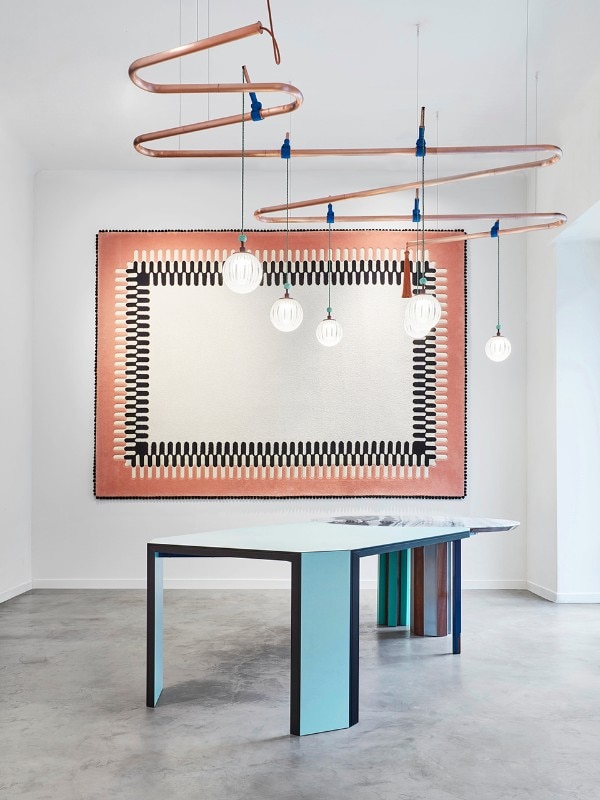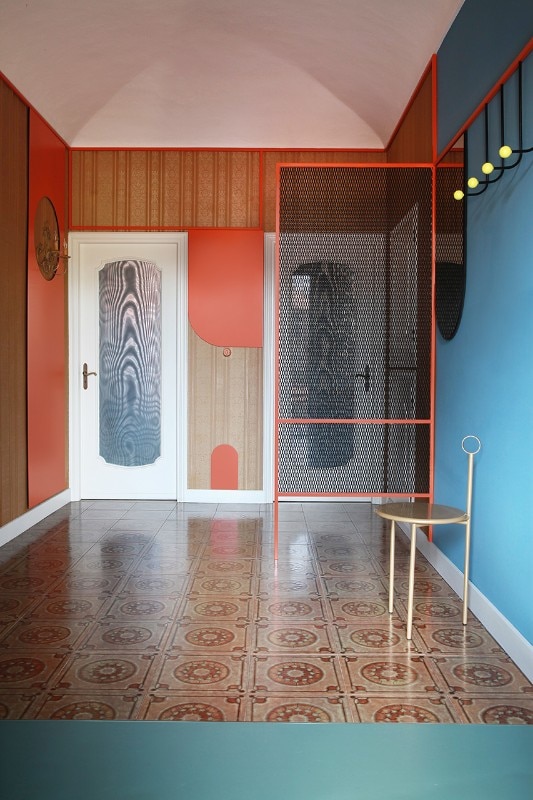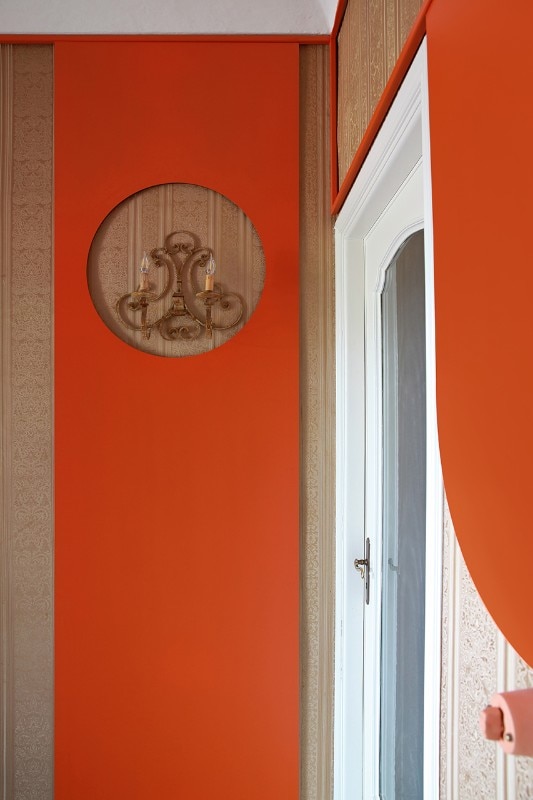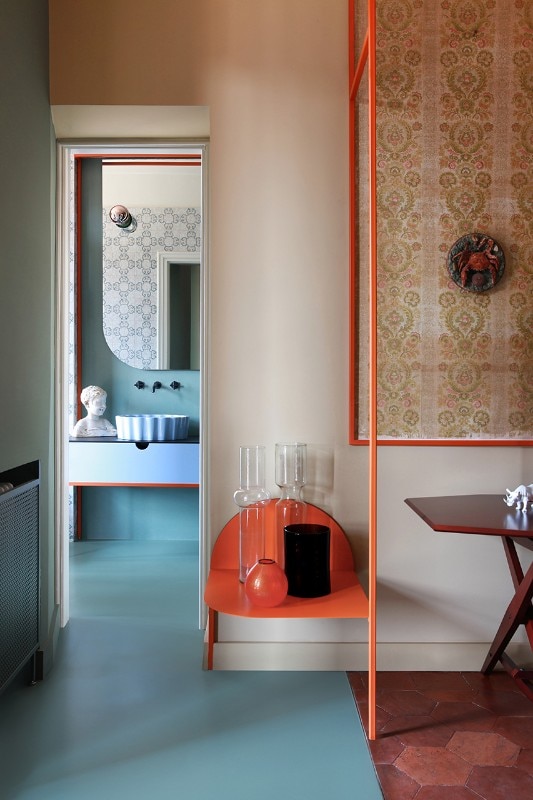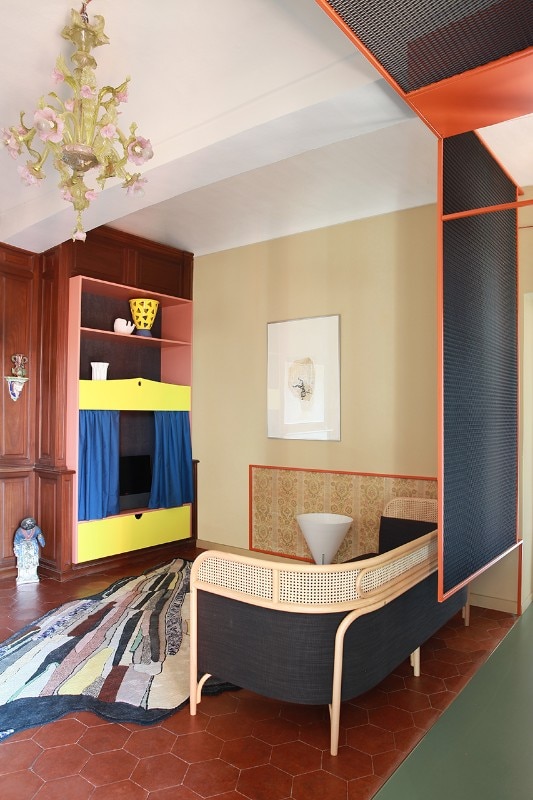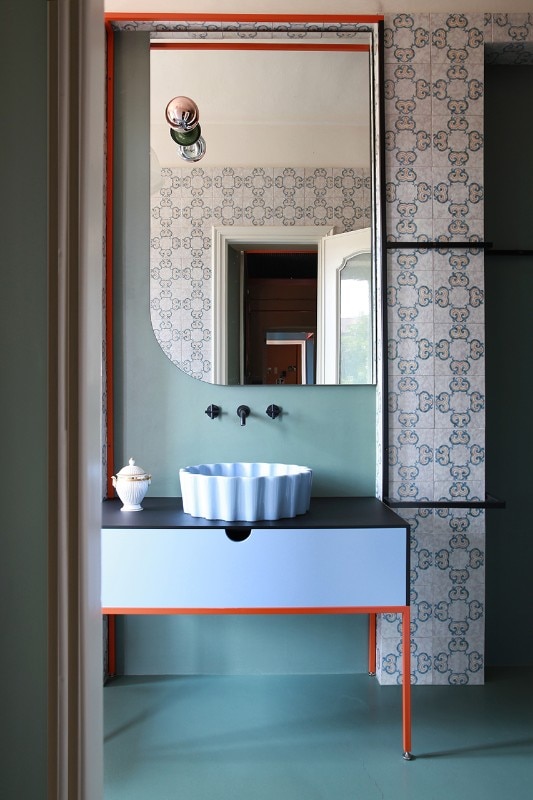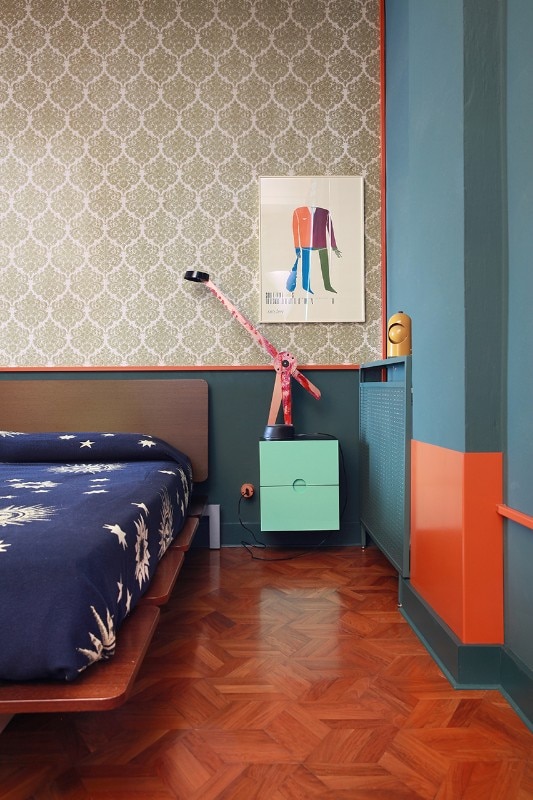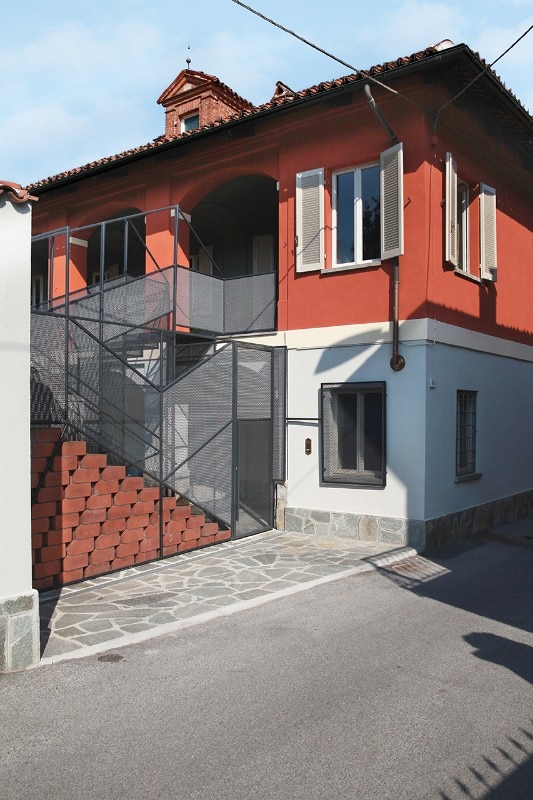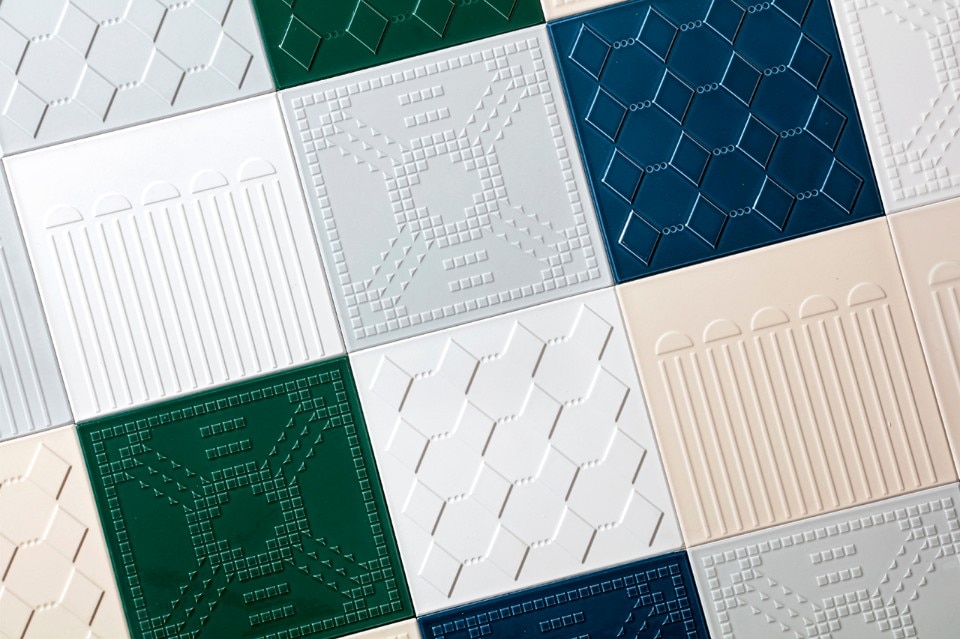Space is generally determined by the volume, by the elements that surround it and by the characteristics that define it. But when it comes to interior design, space is also determined by the expressive codes and the strokes of genius of the designers which, by carrying out their projects, end up creating unique interiors. Andrea Marcante and Adelaide Testa - who have been working together in Marcante Testa studio since 2014 - use the expressive languages of materials, colours and décor in order to compose a symphony of contrasting notes that, in the end, manage to go so well together.
Let’s take, for example, the limited-edition Duale table that the couple designed in 2018 for SEM (Spotti Edizioni Milano): the light green laminate top, reminiscent of the Italian school desks of the ‘70s, is in stark contrast with the marble top. “For many years we couldn’t use some materials because they were considered ugly, including many materials from the ‘70s” explains Andrea Marcante. “We, on the other hand, are interested in the contrasts that certain materials or colours can create: laminate and marble seem to be at the opposites in terms of perception, but we think that this type of antinomy brings out the best of both".
Adelaide Testa adds: “Combining colours that aren’t usually used together allowed us to discover new ways of perceiving those very same colours, and to use them by creating functional contrasts that soften excessively acute notes or give the project a new balance, which is never made up of a single expressive code”.
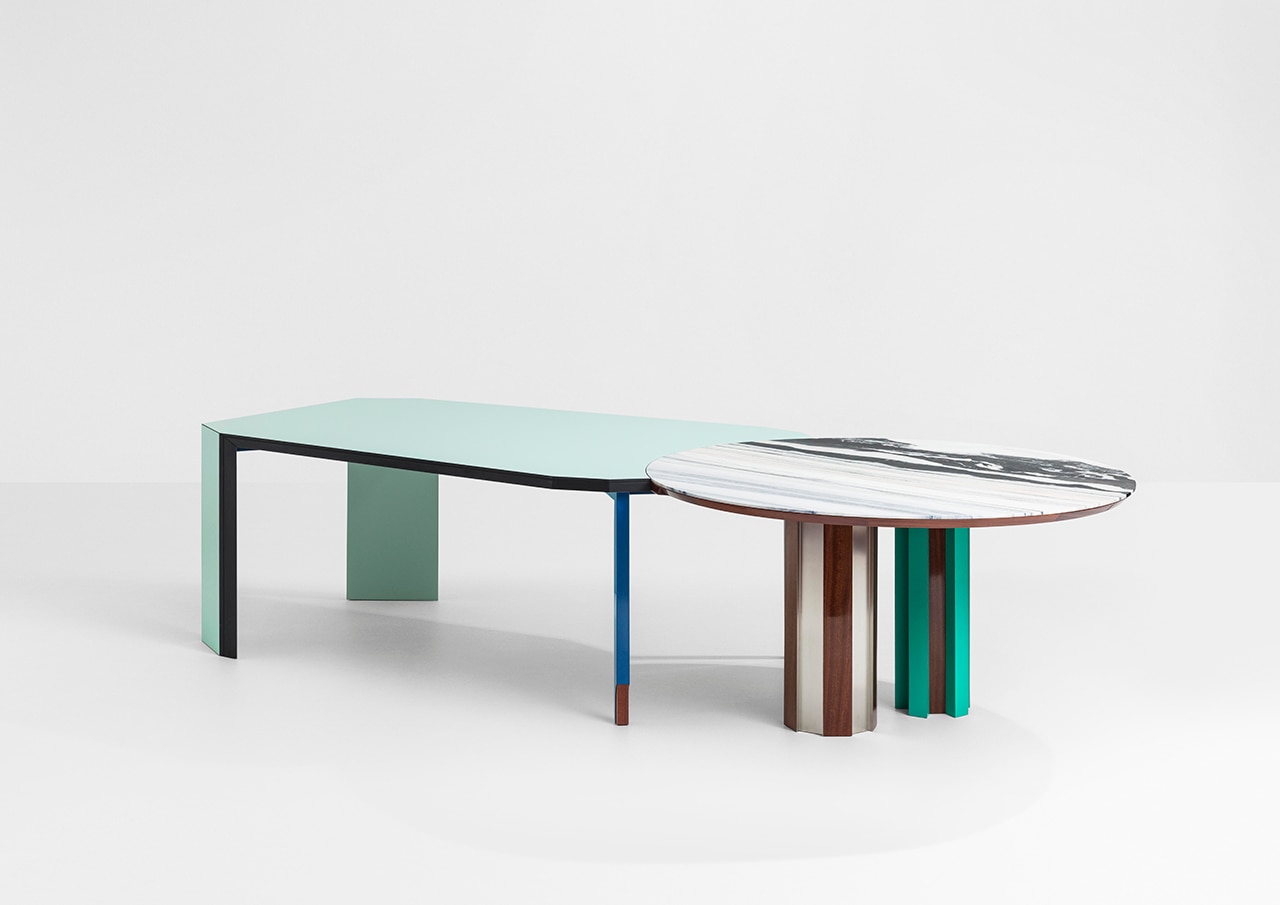
 View gallery
View gallery
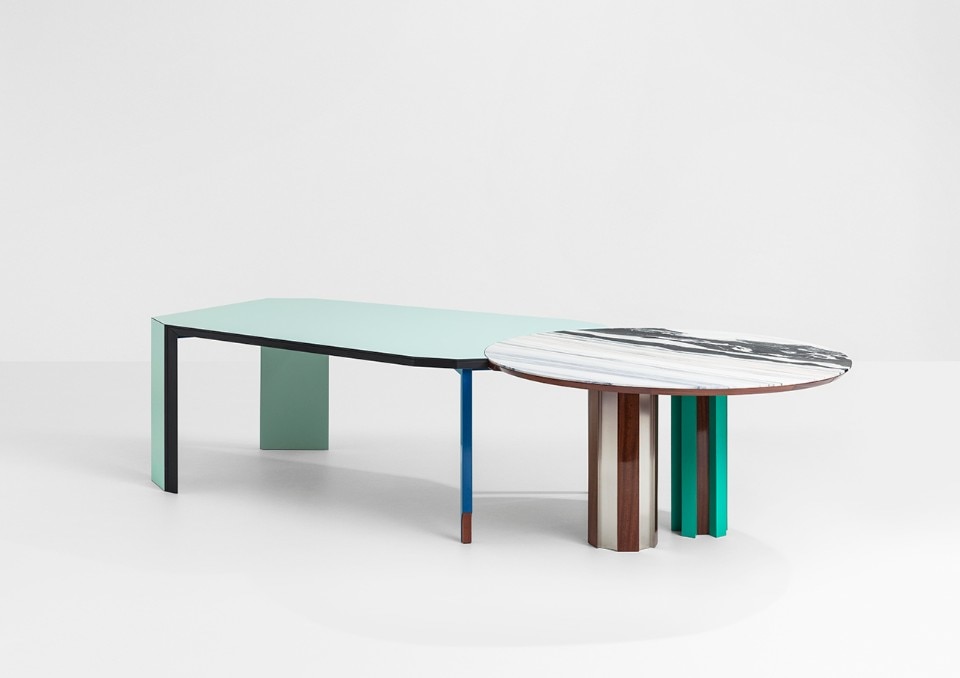
The Duale table by Marcante-Testa for SEM, 2018
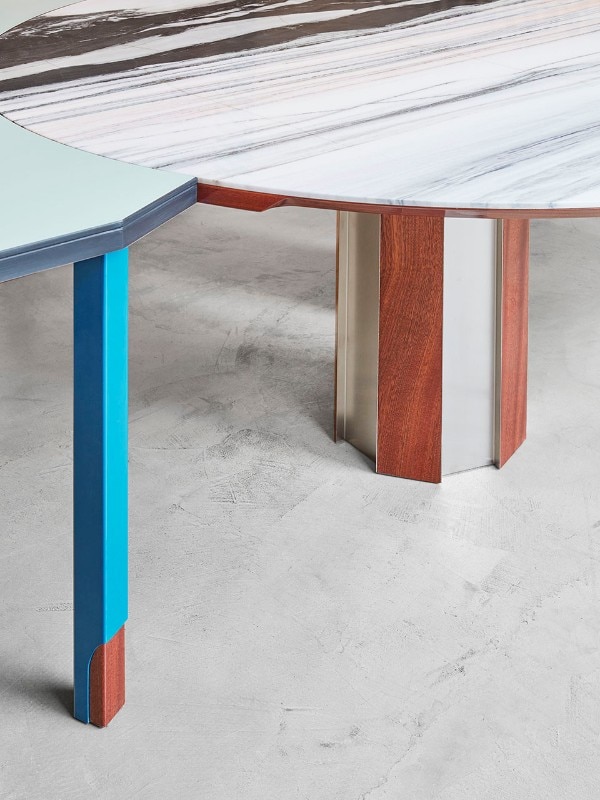
The Duale table by Marcante-Testa for SEM, 2018
Futuraforma collection by Marcante Testa studio for SEM, 2018, composed of the Duale table, the Genio chandelier and the Magico carpet
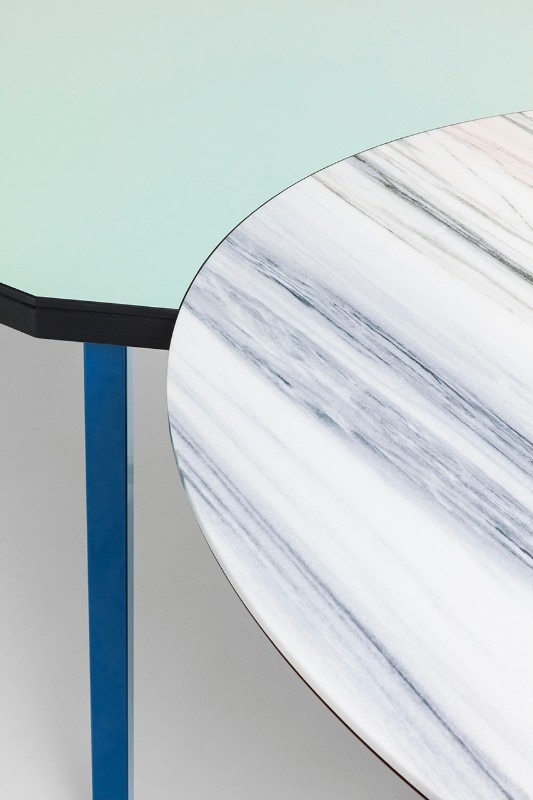
The Duale table by Marcante-Testa for SEM, 2018
Futuraforma collection by Marcante Testa studio for SEM, 2018, composed of the Duale table, the Genio chandelier and the Magico carpet
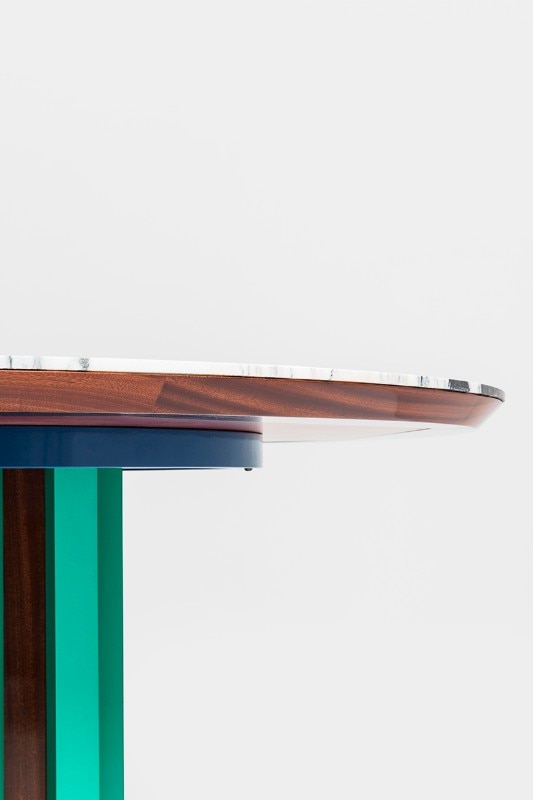
The Duale table by Marcante-Testa for SEM, 2018
Futuraforma collection by Marcante Testa studio for SEM, 2018, composed of the Duale table, the Genio chandelier and the Magico carpet

The Duale table by Marcante-Testa for SEM, 2018

The Duale table by Marcante-Testa for SEM, 2018
Futuraforma collection by Marcante Testa studio for SEM, 2018, composed of the Duale table, the Genio chandelier and the Magico carpet

The Duale table by Marcante-Testa for SEM, 2018
Futuraforma collection by Marcante Testa studio for SEM, 2018, composed of the Duale table, the Genio chandelier and the Magico carpet

The Duale table by Marcante-Testa for SEM, 2018
Futuraforma collection by Marcante Testa studio for SEM, 2018, composed of the Duale table, the Genio chandelier and the Magico carpet
It is evident that the perceived value of colours, materials or decor, when interpreted by the different expressive codes, is also determined by a historical matrix. Hence the centrality of the element of time in the work of Marcante Testa studio, which always pay great attention to the time of the buildings, recognizes the time of their inhabitants and restores the emotional memory of the space through interior design. One case above all: the apartment a young thirty-year-old inherited by his grandmother. The designers had the objective of restoring a superimposed temporality and making time visible through some expressive tools.
Marcante tells us: “For that project, our approach was not 'philological', since we didn't want to bring everything back to its original time: we wanted instead to leave the layers of the different times that correspond to the different people who lived there. So, we wanted not only to bring back the apartment to a specific time, but rather to a period, to a past life, to a memory, a series of elements that time represents”.
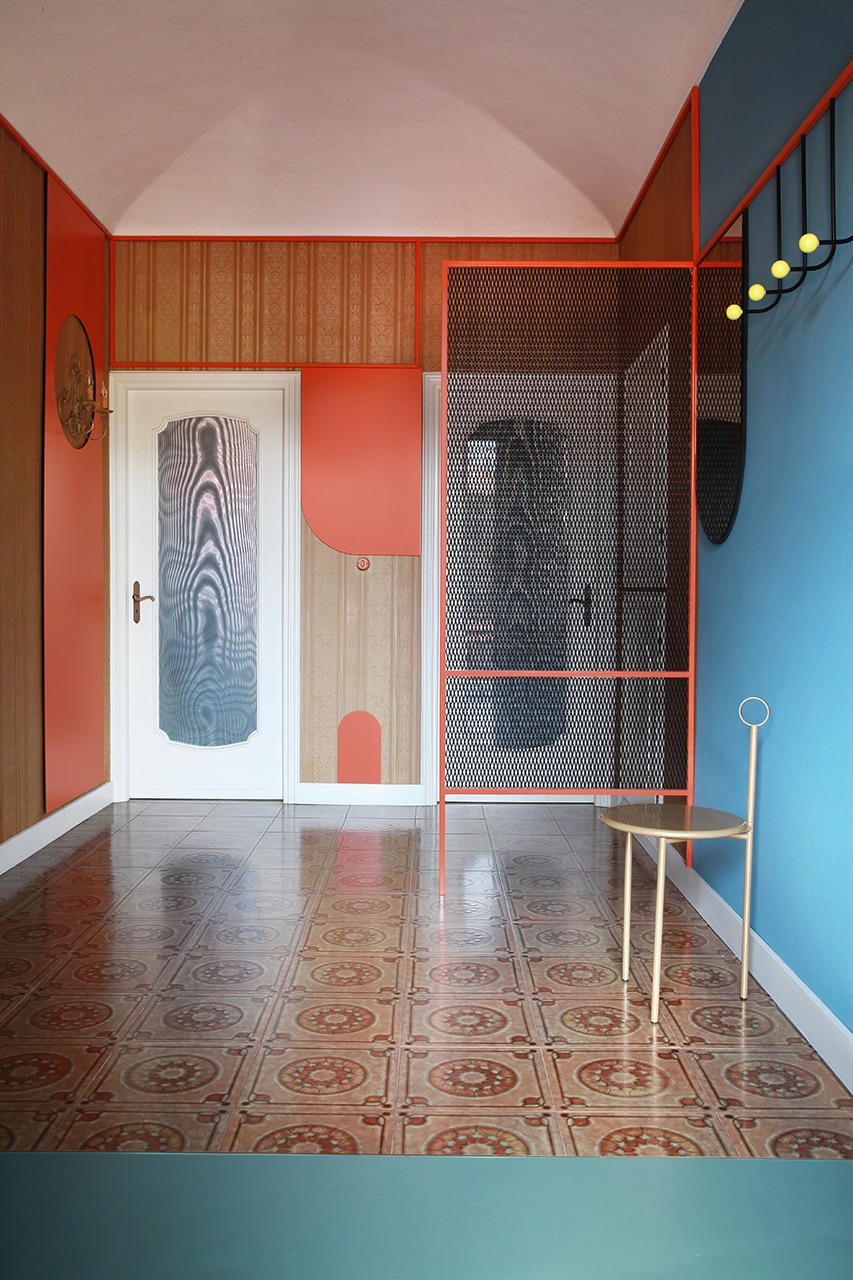
 View gallery
View gallery
“Then there's the element of time as designers.” Marcante continues: “The use of laminate has one meaning, the use of plywood can have another. Now it has a specific value, but in five seconds it could have another one. And this also applies to colours. Ours is an articulated language which tries to express through the typical elements of our work some messages addressed to people. But we also try to convey our messages, some messages that have a special meaning to us”.
Just like material and colour, decor also plays an important role. The ever-growing consumerism has turned all decorative items into the most rapidly consumable and disposable elements. People try to tell elements that have a certain duration in time from those that could have a more limited time in the home décor world, which is subject to continuous change. About décor: it is interesting to take a look at the project that Marcante Testa studio have carried out in recent years for Ceramica Vogue, which has taken care of artistic direction.
With the tiles collection Confetti and then Dekorami, the studio has brought into the spotlight the themes of colour and décor. Adelaide Testa explains: "The companies are aware that focusing on decorative items means working on products that have a limited duration in time. The consumption is so fast that, especially us who work mainly in the residential sector, we must to always keep in mind how the market is going.
Décor, however, is a fundamental element capable of bringing to life the memory of a past time. “At my grandmother's house in the country”, says Andrea Marcante, “I remember that there were tiles with flower details, or maybe something else that stuck with me to this day. This nostalgia is an unconscious and personal feeling that does not always have a justification. The important thing is this idea, beyond the personal reference: thanks to these details we can create a relationship between the inhabitant and the elements of the house; we create an emotional bond”.
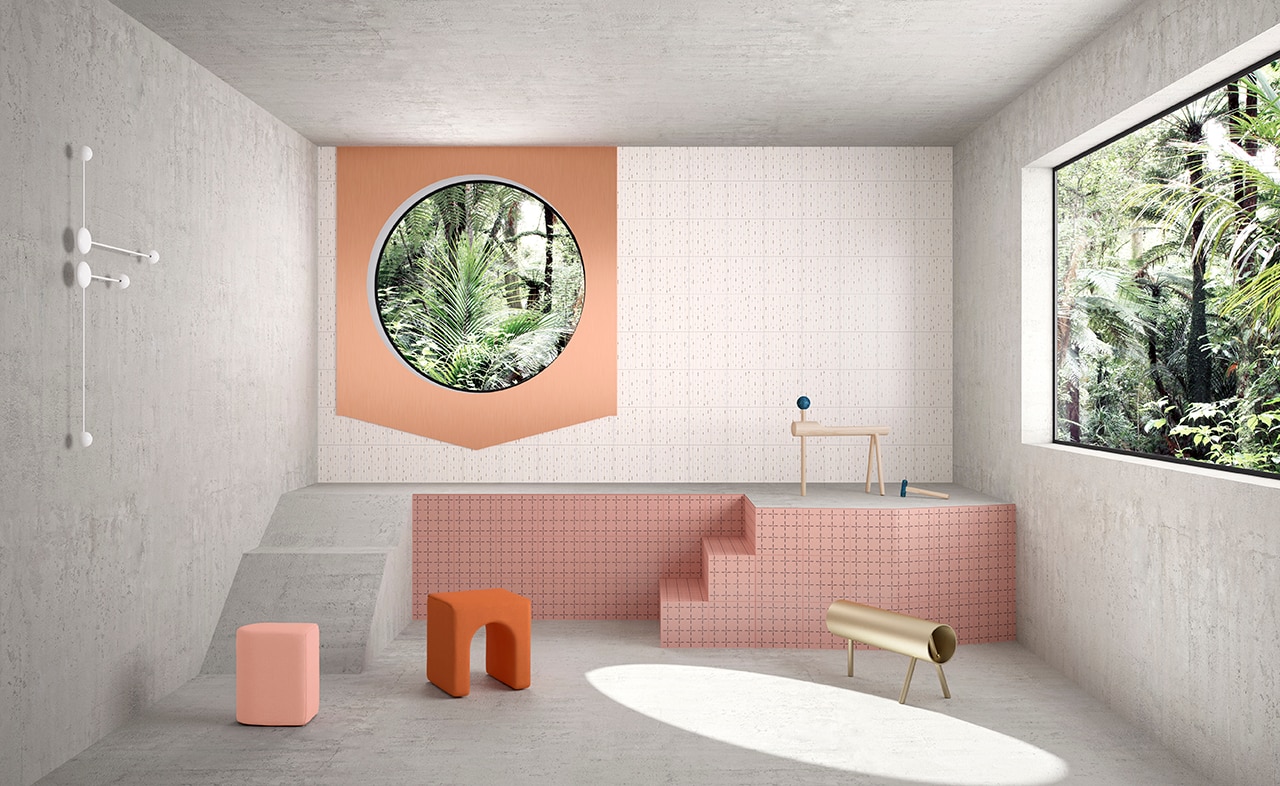
 View gallery
View gallery
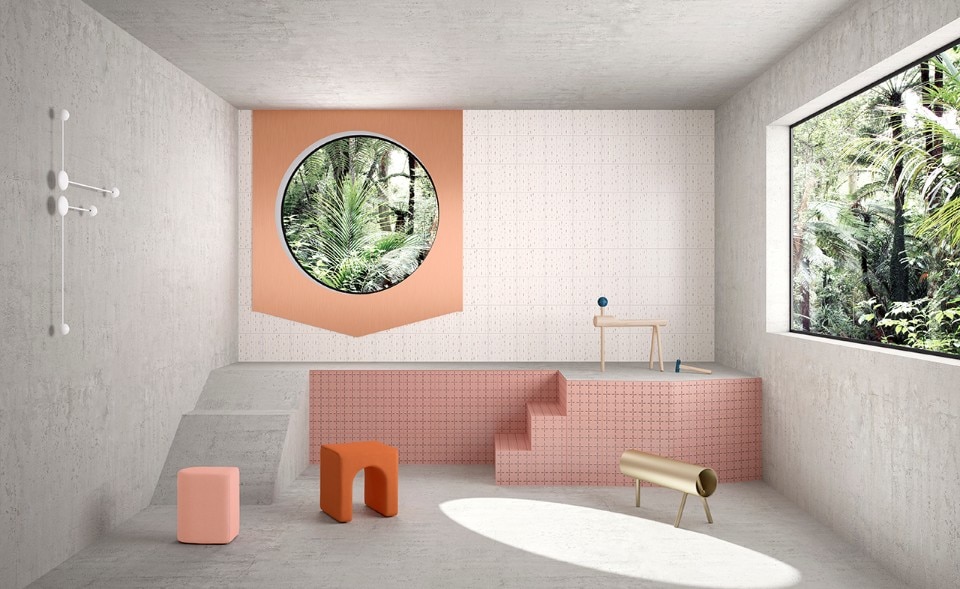
The Confetti and Dekorami tiles collections
The Confetti and Dekorami tiles collections by Marcante Testa studio for Ceramica Vogue, 2017 and 2018, respectively
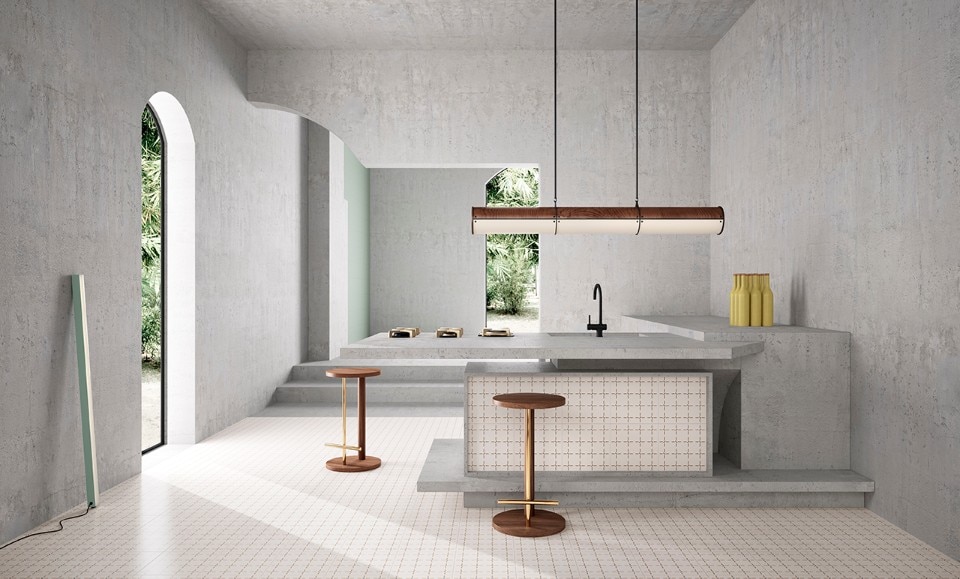
The Confetti and Dekorami tiles collections
The Confetti and Dekorami tiles collections by Marcante Testa studio for Ceramica Vogue, 2017 and 2018, respectively
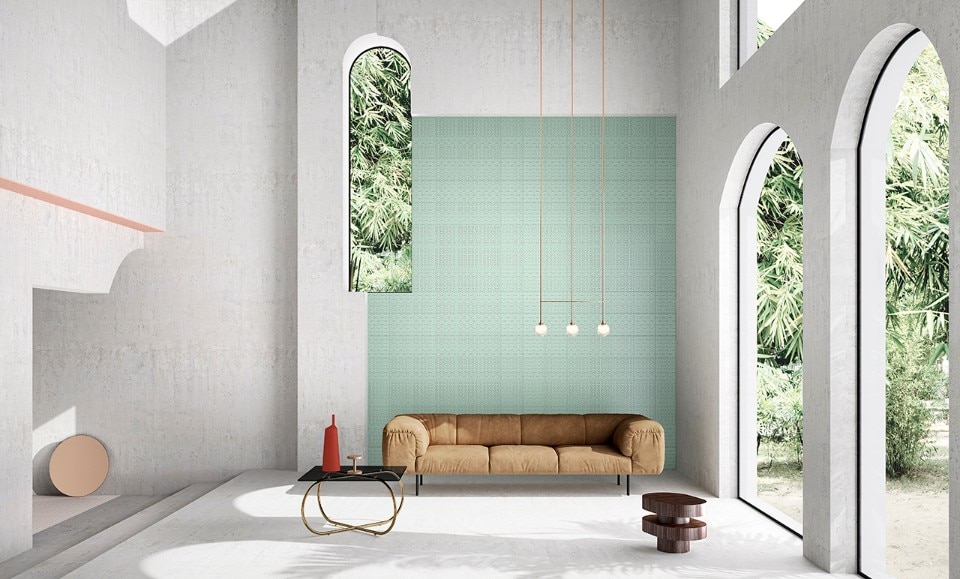
The Confetti and Dekorami tiles collections
The Confetti and Dekorami tiles collections by Marcante Testa studio for Ceramica Vogue, 2017 and 2018, respectively
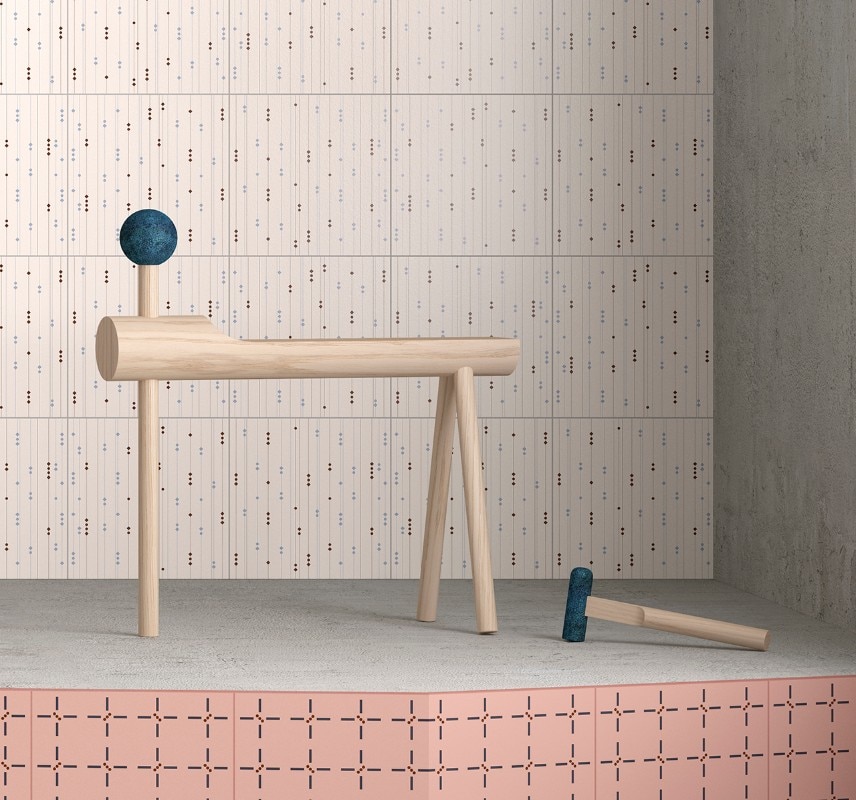
The Confetti and Dekorami tiles collections
The Confetti and Dekorami tiles collections by Marcante Testa studio for Ceramica Vogue, 2017 and 2018, respectively
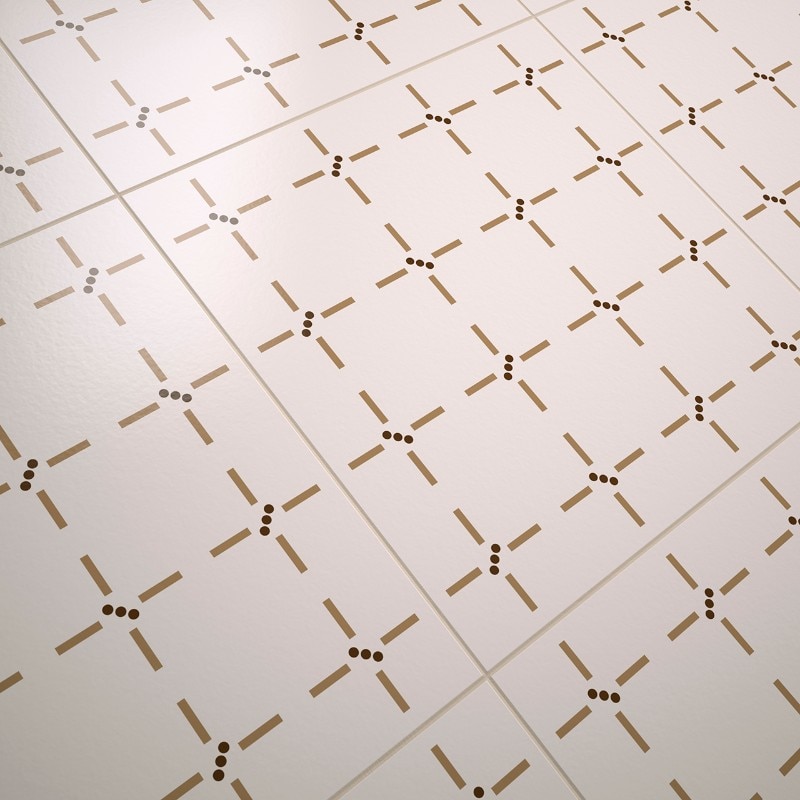
The Confetti and Dekorami tiles collections
The Confetti and Dekorami tiles collections by Marcante Testa studio for Ceramica Vogue, 2017 and 2018, respectively
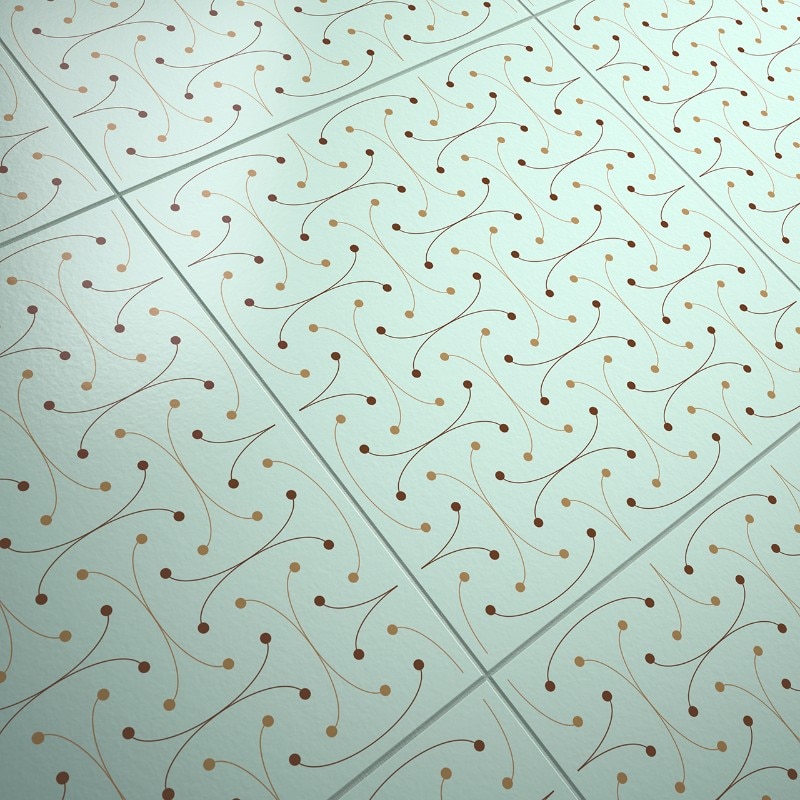
The Confetti and Dekorami tiles collections
The Confetti and Dekorami tiles collections by Marcante Testa studio for Ceramica Vogue, 2017 and 2018, respectively
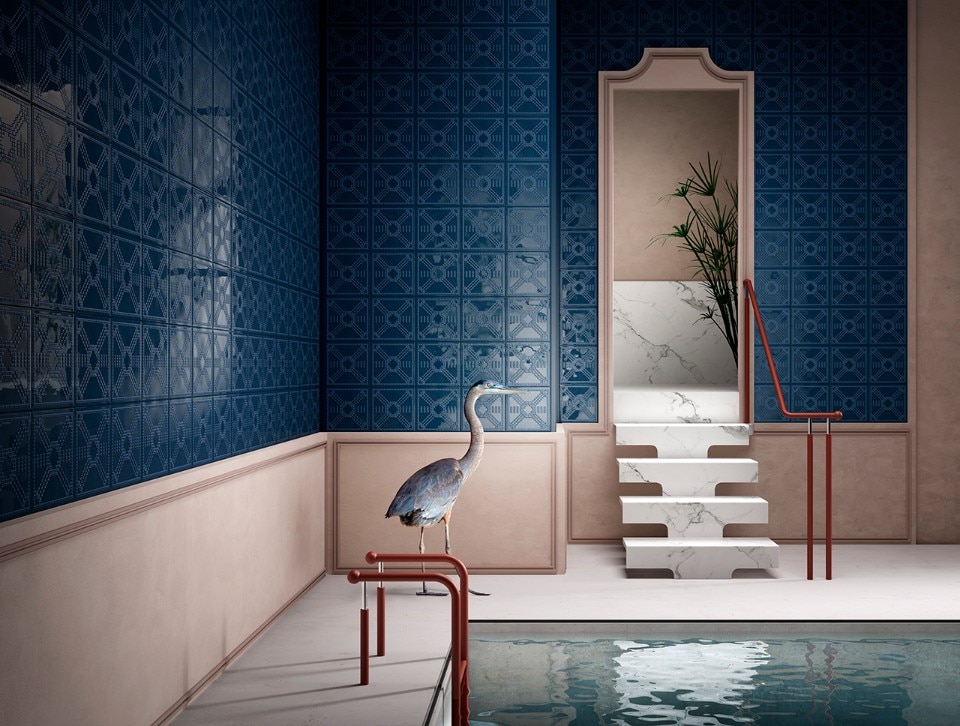
The Confetti and Dekorami tiles collections
The Confetti and Dekorami tiles collections by Marcante Testa studio for Ceramica Vogue, 2017 and 2018, respectively
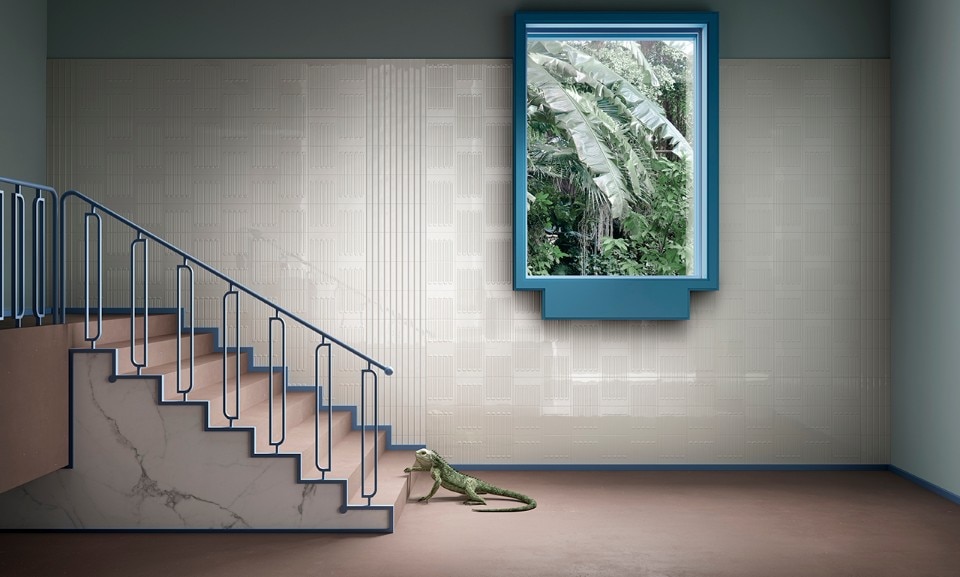
The Confetti and Dekorami tiles collections
The Confetti and Dekorami tiles collections by Marcante Testa studio for Ceramica Vogue, 2017 and 2018, respectively
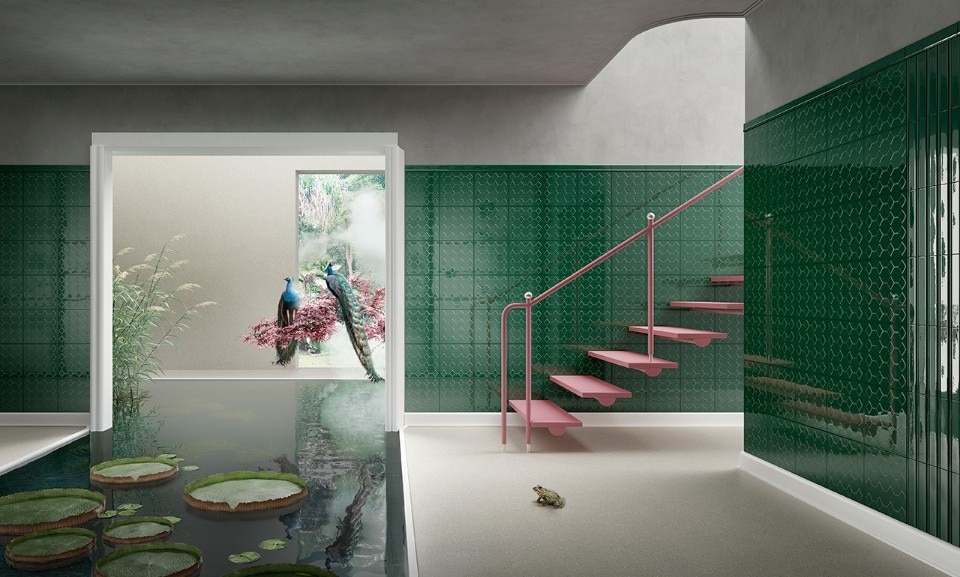
The Confetti and Dekorami tiles collections
The Confetti and Dekorami tiles collections by Marcante Testa studio for Ceramica Vogue, 2017 and 2018, respectively
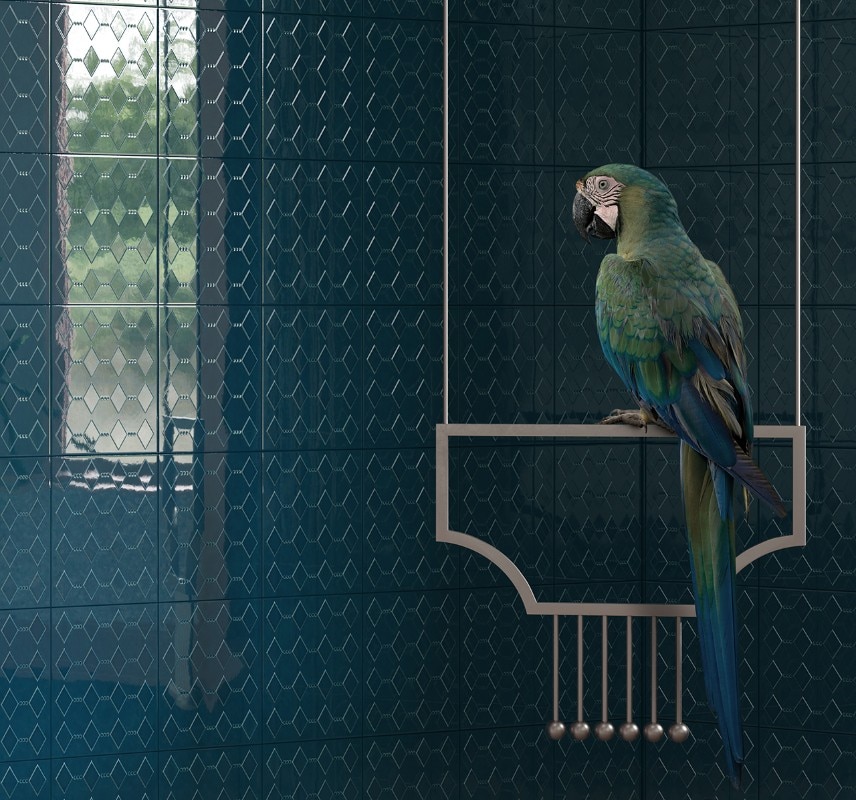
The Confetti and Dekorami tiles collections
The Confetti and Dekorami tiles collections by Marcante Testa studio for Ceramica Vogue, 2017 and 2018, respectively

The Confetti and Dekorami tiles collections
The Confetti and Dekorami tiles collections by Marcante Testa studio for Ceramica Vogue, 2017 and 2018, respectively

The Confetti and Dekorami tiles collections
The Confetti and Dekorami tiles collections by Marcante Testa studio for Ceramica Vogue, 2017 and 2018, respectively

The Confetti and Dekorami tiles collections
The Confetti and Dekorami tiles collections by Marcante Testa studio for Ceramica Vogue, 2017 and 2018, respectively

The Confetti and Dekorami tiles collections
The Confetti and Dekorami tiles collections by Marcante Testa studio for Ceramica Vogue, 2017 and 2018, respectively

The Confetti and Dekorami tiles collections
The Confetti and Dekorami tiles collections by Marcante Testa studio for Ceramica Vogue, 2017 and 2018, respectively

The Confetti and Dekorami tiles collections
The Confetti and Dekorami tiles collections by Marcante Testa studio for Ceramica Vogue, 2017 and 2018, respectively

The Confetti and Dekorami tiles collections
The Confetti and Dekorami tiles collections by Marcante Testa studio for Ceramica Vogue, 2017 and 2018, respectively

The Confetti and Dekorami tiles collections
The Confetti and Dekorami tiles collections by Marcante Testa studio for Ceramica Vogue, 2017 and 2018, respectively

The Confetti and Dekorami tiles collections
The Confetti and Dekorami tiles collections by Marcante Testa studio for Ceramica Vogue, 2017 and 2018, respectively

The Confetti and Dekorami tiles collections
The Confetti and Dekorami tiles collections by Marcante Testa studio for Ceramica Vogue, 2017 and 2018, respectively
If we ask designers what is the function of décor in the environments they design, the answer is this: “There is always a desire, in the domestic sphere, for details to contribute to living comfort,” says Adelaide Testa, "we as human beings need our homes to be something that binds us together. The decorative items that we choose should not be a copy of something: they should make us think of something. This is a form of security that helps people to really connect with the space in which they live.”


.jpg.foto.rmedium.jpg)
